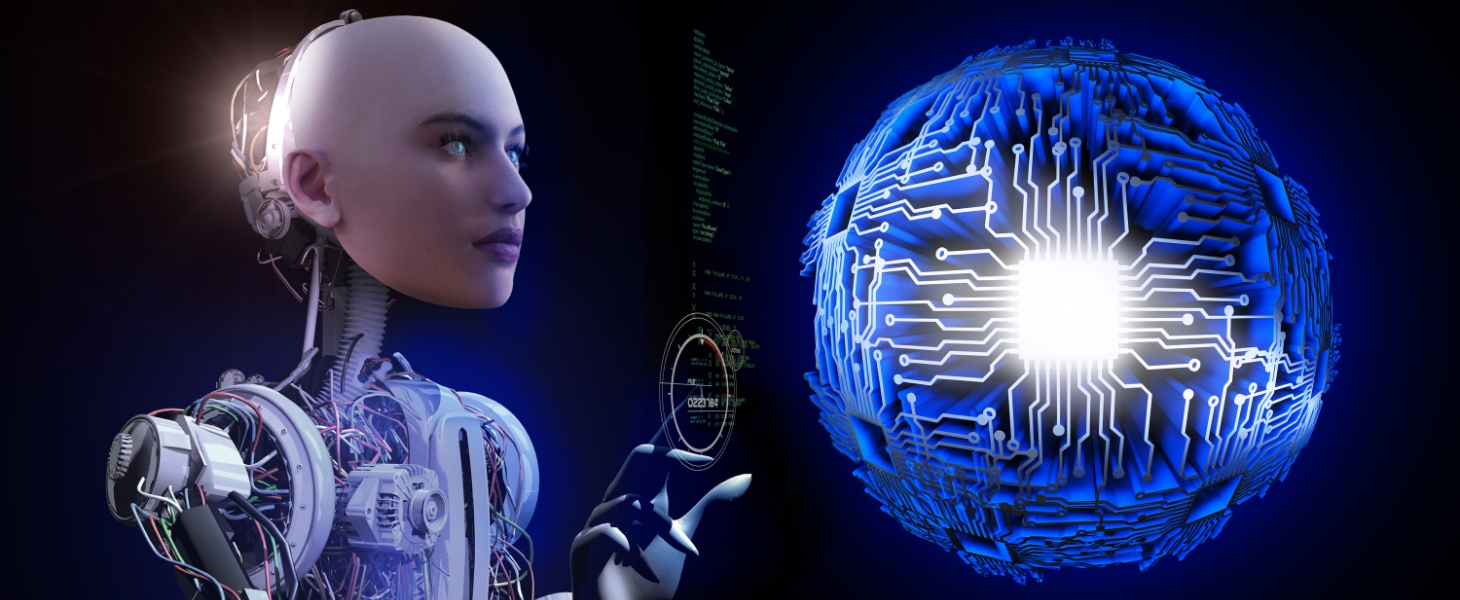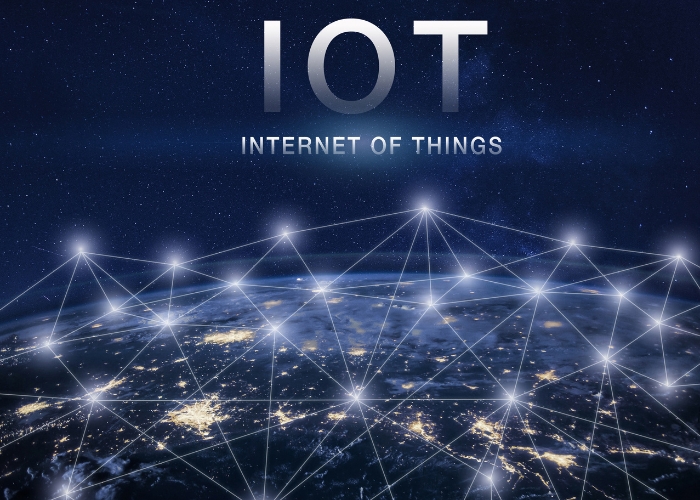IoT enables companies to automate processes and reduce labor costs. It also cuts down on waste and
improves service delivery, making it less expensive to manufacture and deliver goods, as well as
offering transparency into customer transactions.
Over the past few years, IoT has become one of the most important technologies of the 21st century. Now
that we can connect everyday objects—kitchen appliances, cars, thermostats, baby monitors—to the
internet via embedded devices, seamless communication is possible between people, processes, and things.
The Internet of Things (IoT) is a name for the aggregate collection of network-enabled devices,
excluding traditional computers like laptops and servers. Types of network connections can include Wi-Fi
connections, Bluetooth connections, and near-field communication (NFC). The IoT includes devices such as
"smart" appliances, like refrigerators and thermostats; home security systems; computer peripherals,
like webcams and printers; wearable technology, such as Apple Watches and Fitbits; routers; and smart
speaker devices, like Amazon Echo and Google Home.





